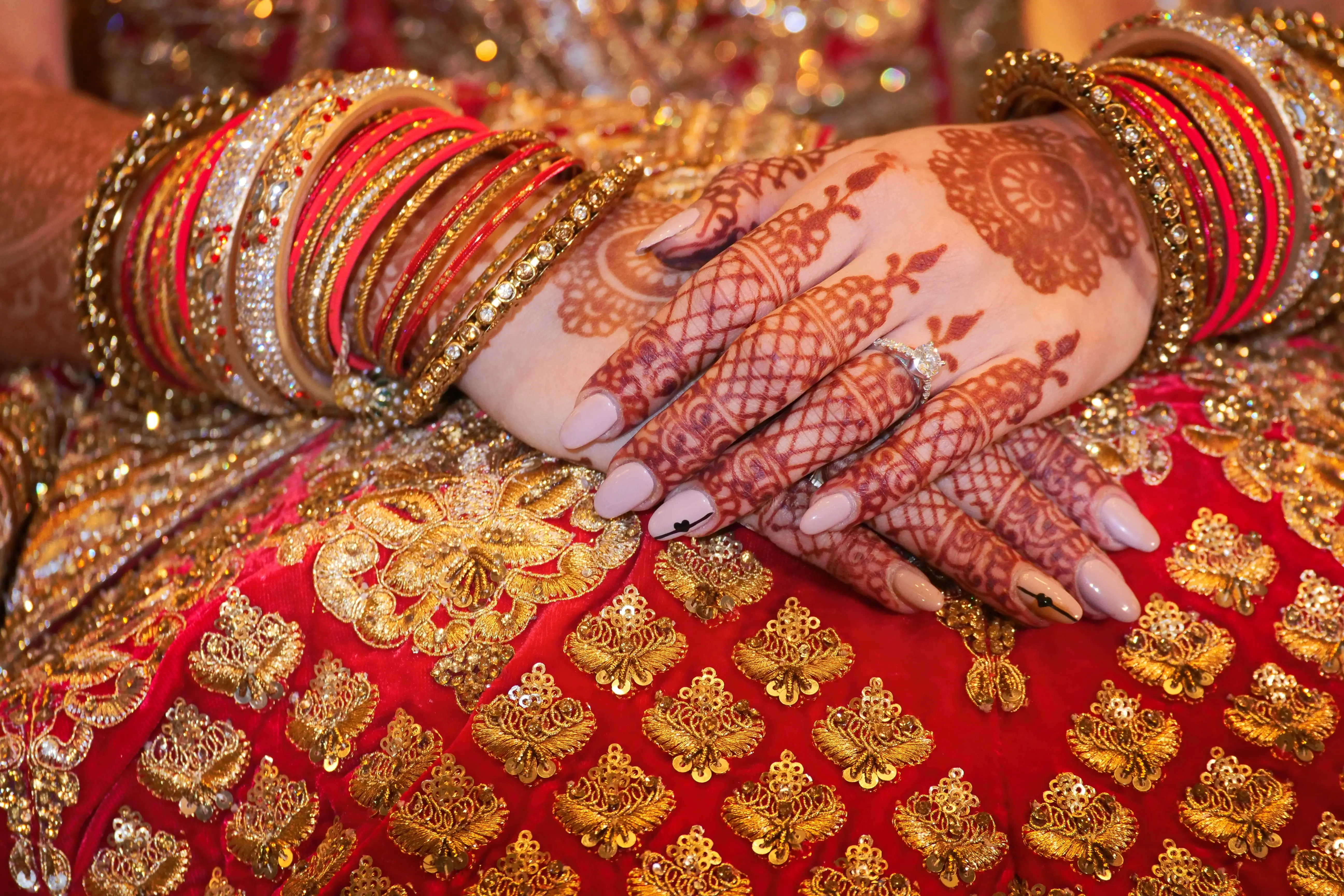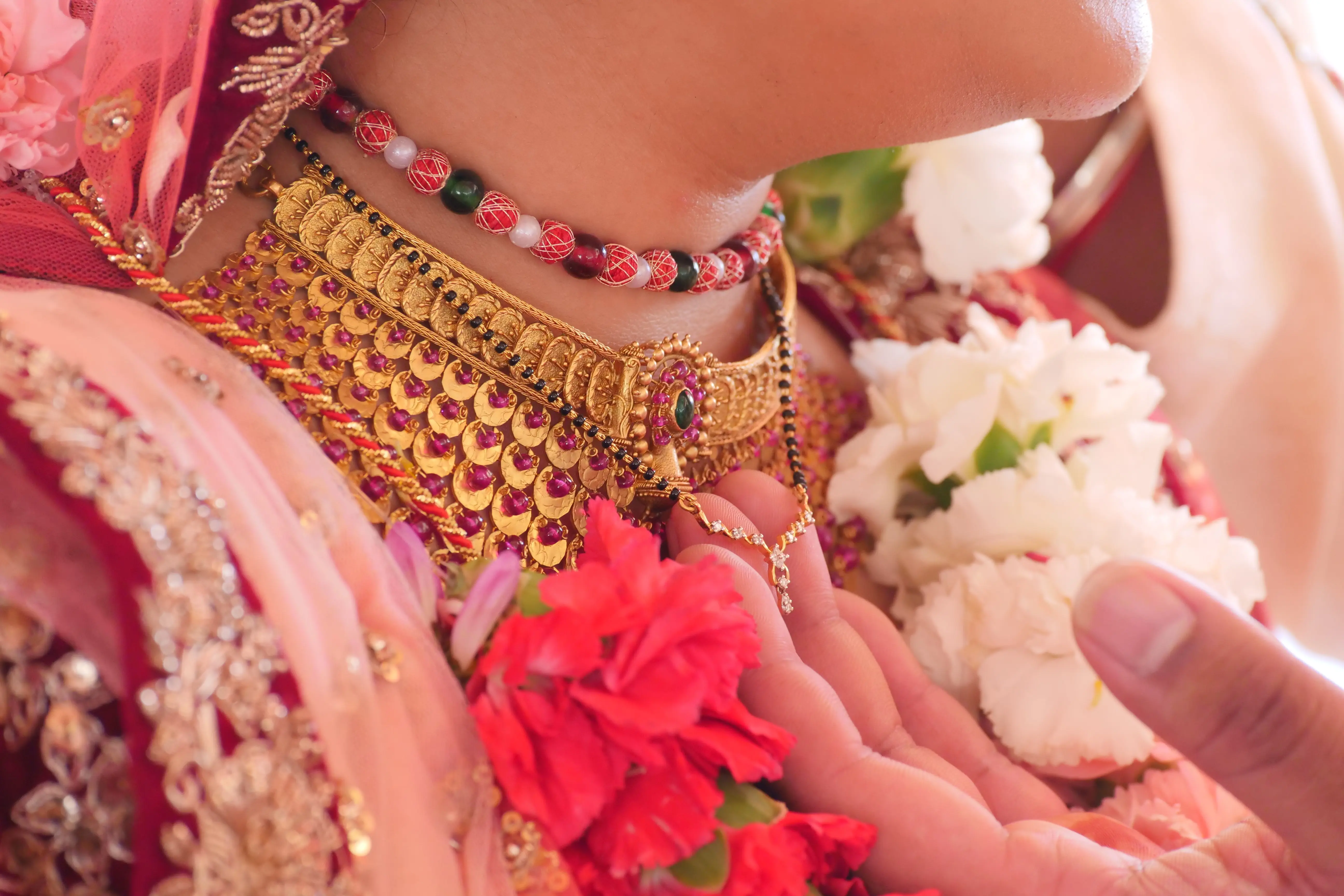Mehendi Artist
Introduction:
Mehndi, also known as henna, has been a celebrated form of body art for centuries, deeply rooted in cultural traditions and rituals. The intricate patterns and designs of mehndi have evolved over time, reflecting the diverse cultural influences from around the world. In this blog, we will delve into 11 popular and distinct types of mehndi designs that showcase the rich tapestry of this ancient art form.
Traditional Indian Mehndi:
The heart of mehndi artistry lies in its traditional Indian designs. These often feature elaborate paisleys, floral patterns, and intricate motifs inspired by nature. Bridal mehndi, in particular, is renowned for its detailed and extensive application, symbolizing love, joy, and prosperity.
Arabic Mehndi:
Arabic mehndi designs are characterized by their bold, free-flowing patterns. These designs often incorporate large floral motifs, vines, and leaves, creating a captivating and elegant look. Arabic mehndi is known for its simplicity, with less fill and more emphasis on outlines.
Pakistani Mehndi:
Pakistani mehndi designs are a blend of Indian and Arabic styles. They often feature a combination of intricate patterns with bold, prominent motifs. These designs are popular for their versatility, catering to both casual and formal occasions.
Moroccan Mehndi:
Drawing inspiration from the geometric patterns of Moroccan art, Moroccan mehndi designs often feature symmetrical shapes and angular lines. These designs are characterized by their unique and modern appeal, making them a popular choice for contemporary events.
Indo-Arabic Mehndi:
Indo-Arabic mehndi designs fuse the elegance of Arabic patterns with the detailed elements of Indian designs. These often include a mix of floral motifs, paisleys, and intricate detailing, creating a harmonious blend of two distinct styles.
Rajasthani Mehndi:
Hailing from the colorful state of Rajasthan in India, Rajasthani mehndi designs are marked by their bold, peacock-inspired patterns, mirror work, and traditional motifs. These designs reflect the vibrant culture of the region.
Gulf Style Mehndi:
Popular in the Gulf countries, this style of mehndi features bold, intricate patterns that often cover the entire hand and extend up the arm. Gulf style mehndi is known for its extensive use of shading and fine details.
Turkish Mehndi:
Turkish mehndi designs draw inspiration from Ottoman art and architecture. These designs often include geometric shapes, intricate lines, and unique motifs, creating a distinctive and refined look.
African Mehndi:
African mehndi designs showcase a rich tapestry of tribal art, incorporating bold patterns, dots, and geometric shapes. These designs vary across different regions of the continent, each reflecting the cultural diversity of Africa.
Western Mehndi:
With the global popularity of mehndi, Western mehndi designs have emerged, often combining traditional elements with contemporary styles. These designs may include symbols, words, or abstract patterns, appealing to a broad audience.
Bridal Mehndi:
Bridal mehndi deserves a category of its own due to its significance in various cultures. Whether it’s the intricate Indian bridal mehndi or the elegant Arabic bridal designs, these creations symbolize beauty, love, and the beginning of a new chapter.
Conclusion:
Mehndi designs continue to captivate people worldwide, transcending cultural boundaries and evolving with modern influences. From traditional Indian patterns to contemporary Western designs, the art of mehndi remains a timeless and cherished form of self-expression, connecting people through the beauty of intricate designs and cultural symbolism.




Leave a Reply